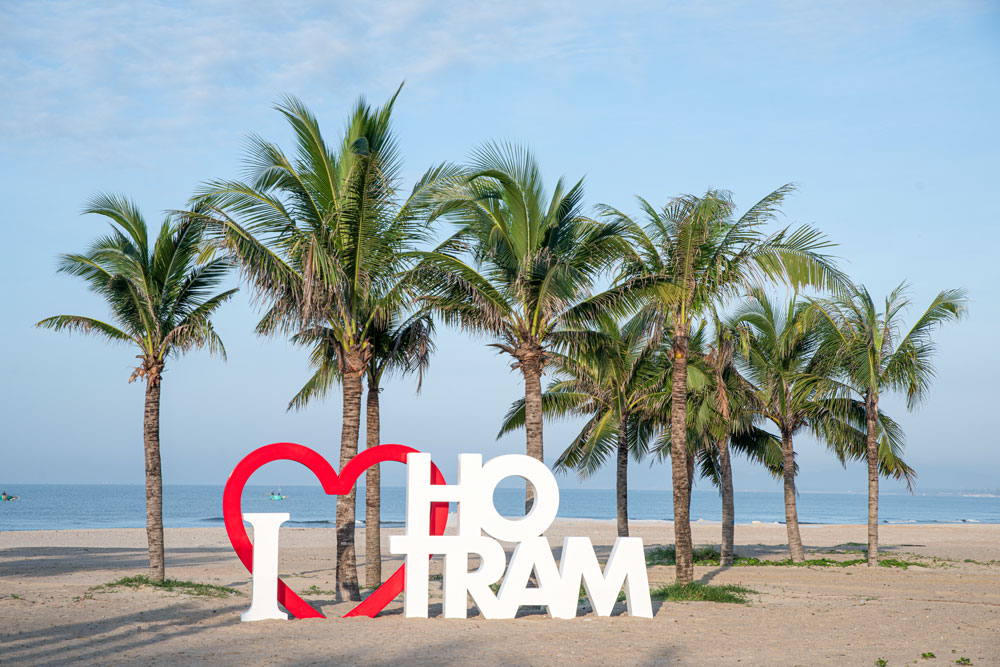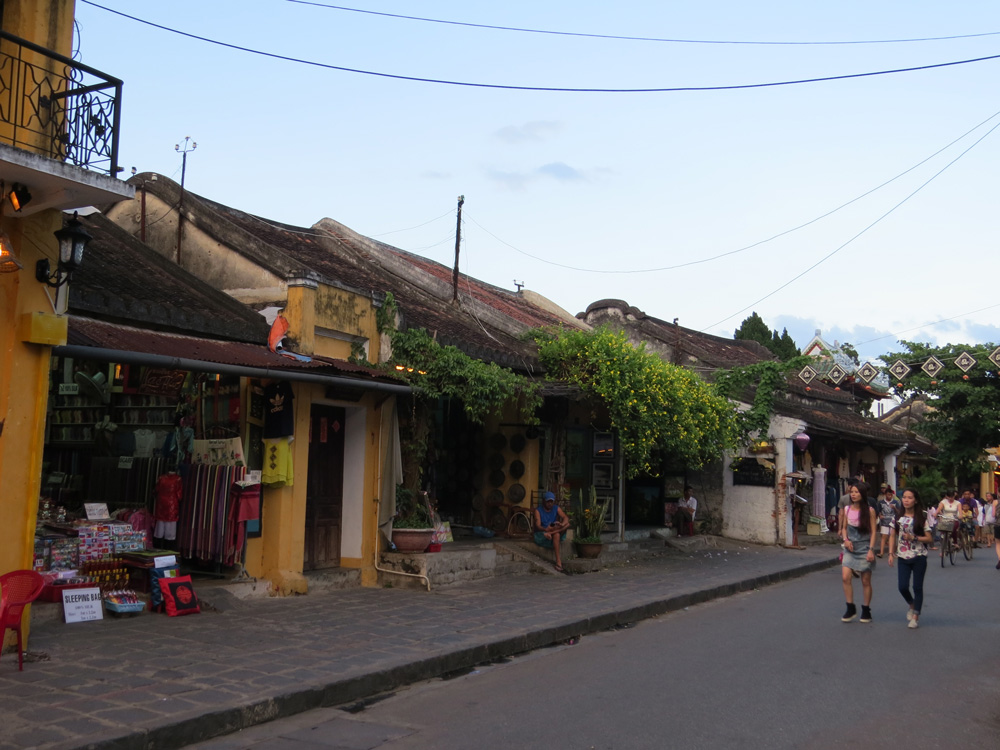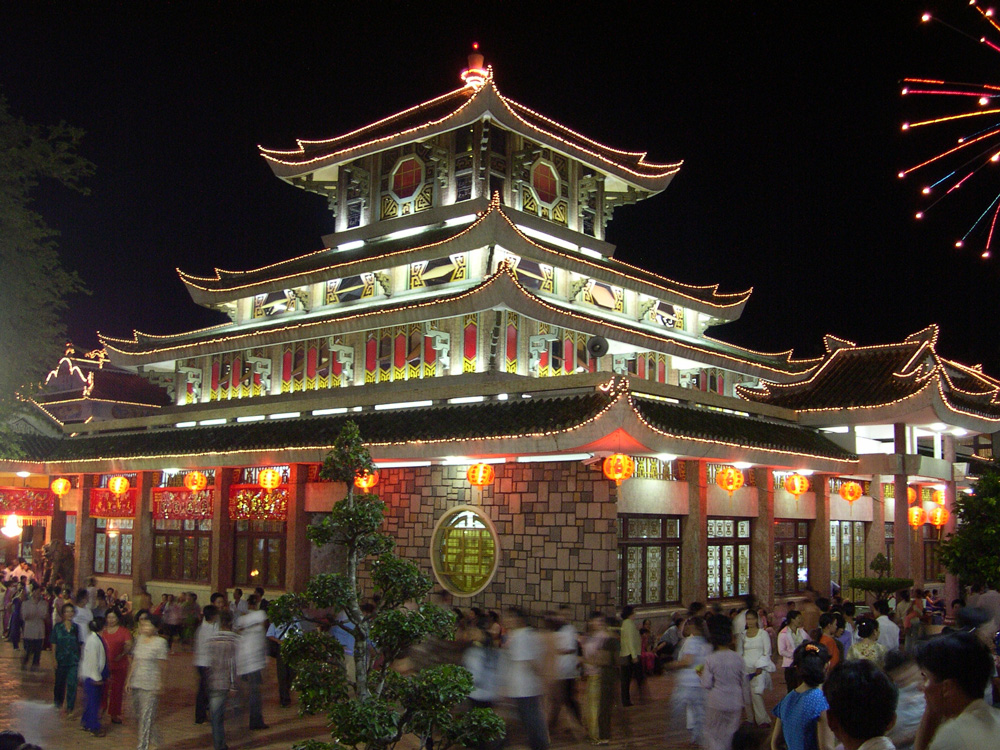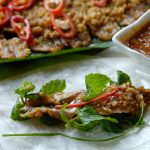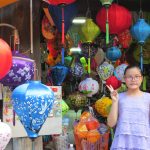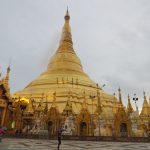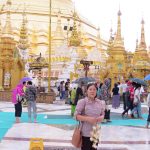Escaping from busy streets of Saigon, crossing sleeping towns and tranquil villages with green rice fields stretching widely along two sides of the road, we arrived in Ho Tram after three hours, the coastal region with pristine beaches in Xuyen Moc District, Ba Ria Vung Tau Province.

Local life and changes
The road curved along Ho Tram coast looked beautiful in the light of the sunset. One side of the road is white sand dunes and green carpet of the forest while the other side is white salt fields, green water melon fields, nice resorts and sea.
We had an interesting time in the late afternoon at Ho Tram Casino Resort for swimming, enjoying cocktails by the pool and sailing kayak in the sea before the dark felt in.

For the first night in Ho Tram, we went to Cay Duong restaurant located on the beach near a fishing village, about 5km from the resort we stayed. This local seafood restaurant is very popular for tourists and famous for many dishes from local fresh seafood. We sat in a windy thatched hut by the beach. I was exciting to see sea sparkling under the moon light, boats sleeping on the sand and hear the sound of waves crashing onto the shore. The ambience here looked so peaceful. Perhaps so long time, I had a chance to live close to nature like that.
We had a big party of delicious fresh seafood including the starter with chan chan (a special mussel in Ho Tram fried with onion which I think you must try because its flavour is great and its price is cheap), steamed shrimp, steamed squid with ginger, grilled fish and seafood hot pot. I found that all seafood was cooked in the simple way of local people to keep its fresh flavour.

It was not weekend and the restaurant didn’t have many guests in the evening. Mr Sau, a waiter who was a local middle-aged man taking his time while serving to talk to us about the land. In the past, Ho Tram coastal area was only wild beaches along fishing villages where local people earned mainly living by fishing in the sea and farming.

Recent years, Ho Tram beaches have changed quickly when many resorts opened and attracting more and more tourists coming to this place. Local people also had more work to do from tourists with food and drink services, guest houses and mini hotels. Mr Sau said that Cay Dương Restaurant was opened by his aunt who owned a large land area along the beach where the restaurant located. Now, he works as a waiter at the restaurant instead of doing as a farmer as before. His work was hard but he felt happy because he met many people coming from different places, sharing with them some interesting things about Ho Tram where he was born and grew up. He introduced us about Ho Coc fishing village where we can visit in the morning to see the life of local people.

Close to nature and people
Next morning, I got up early, taking a walk along the beach, enjoying fresh air and seeing the sunrise. The life is great with such moment. Then I and my colleague pick up a taxi to go to Ho Coc fishing village. On the way, we stopped at a wild and nice beach where there were big rocks rising along the shore and arranging naturally in strange figures. There were groups of young people pitching tents on the sandy beach and staying overnight here. We were curious following them to see how they picked oyster on rocks and use fishing rod to fish. Then they enjoyed their exciting breakfast with some grilled oysters and small fish that they collected. Comparing to neighbouring coastal regions like Vung Tau or Phan Thiet where beaches were filled by hotels and resorts, Ho Tram still has wild beaches for free tourists, especially young people who want to experience the trip in their own way with low expenses.

We also stopped on the bridge to see beautiful landscapes of the forest in the light of the dawn, zooming in the lens of camera to take photo birds perching on the top of trees in the instance or beautiful water-lily flower between green weed in the river while listening to birds singing.
Local life
Finally, we arrived in fishing market of the shore at Ho Coc Village where was under construction to become a fishing port. The atmosphere was very busy when boats moored and fishermen loaded seafood basket to the shore. While buyer and sellers bargained prices for different seafood including shrimp, fish, crab, eel, mussel and shell-fish.



We were exciting to see live shrimp and crab struggling in baskets and took photos with strange snail-fish that I saw at the first time. We observed children use their wooden stick to dig on the sand beach and look for chan chan (mussel) which I enjoyed at the restaurant t on the night before. I was surprised and asked a child how he could know the place having a mussel under sand. He just smiled and then show me a plain sand place. I really had no difference with surrounding sand places, but when he uses his stick to dig down, he picked a mussel there. I didn’t also ask him more because I felt that children were born and grew up near the sea, they could easily find signs of the sea as a vital part in their life.

Photo source: Thanh Vân


